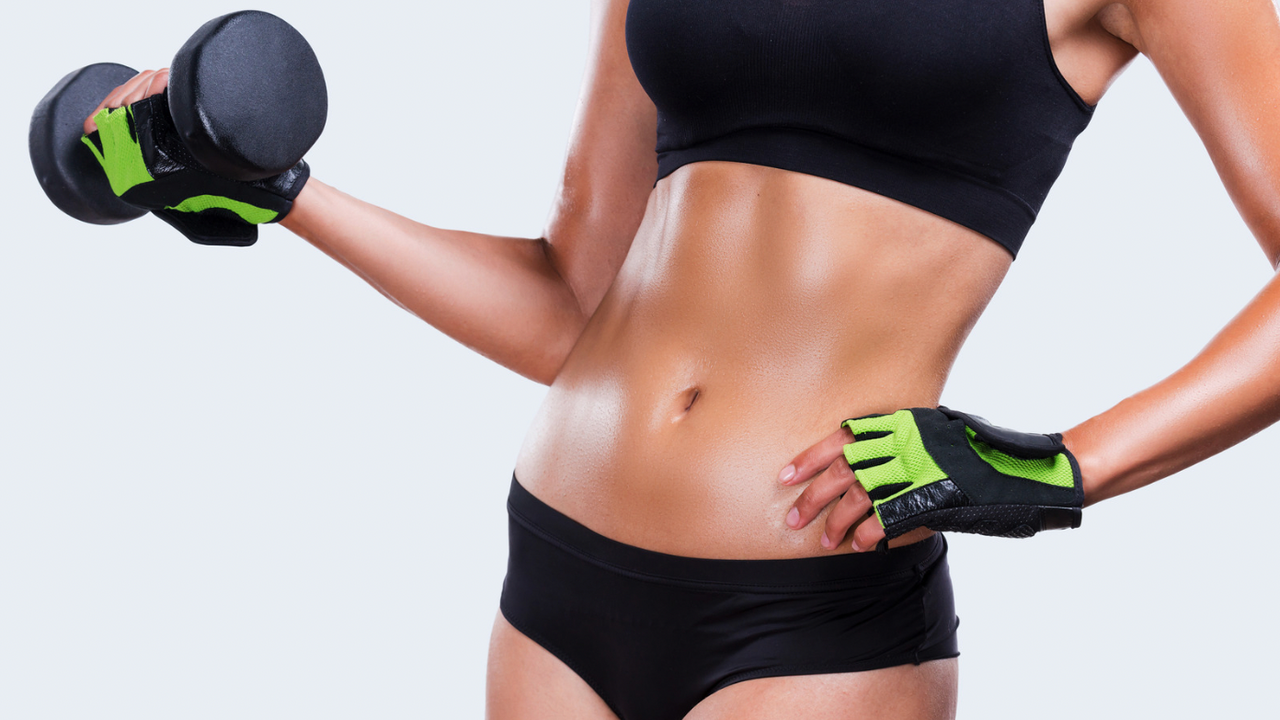Toning Isn't Real: Here's Why
Jun 08, 2022
Edited By: Danielle Abel, MSN, CSCS
From a muscle physiology perspective, muscle is just a bunch of tiny proteins organized into a structure that can shorten when a nerve tells it to. If you pump blood into a muscle by using it, then it will be firmer because it is holding the pressure of blood.
Transient Hypertrophy
When your muscle fills with blood and gets larger, sometimes people refer to this as "the pump," but in science, it's called transient hypertrophy. After about 15 minutes, it goes away & your muscle will be back to its resting tone.
Over time though, the muscle can adapt to the exercise you do. Some changes that occur are muscle size and capillarization.
The muscle can increase the size of the myofibrils, which are tiny proteins (myofibrillar hypertrophy), or to some extent, it can change the sarcoplasmic properties (sarcoplasmic hypertrophy).
Tone or Firmness
"Building muscle” will give you a bigger muscle. However, there will be the same resting tone or firmness unless it is accompanied by a decrease in body fat. Through aerobic training, capillarization of a muscle will increase. This makes it much easier to get oxygen to a muscle and CO2 out, and it makes it easier to run. It does not, however, make a meaningful change to the resting tone of the muscle.
Muscle Cannot Be "Toned"
The muscle itself has no way to physiologically adapt to increase its tone (unless you are talking about a contracture, in which the muscle stays contracted permanently, which is painful and is likely not your goal). If your goal is “toned arms,” then the actual physiological adaptations you are looking for are a combination of increased muscle size and decreased body fat.
So if you want to get toned, what you actually need to do is build muscle & lose body fat. To build muscle, you need to be training with progressive overload. In order to lose body fat you need to be in a calorie deficit. Keep in mind you cannot do both at one time, so you will need to choose a goal to work on first, then a goal to work on next:
- build muscle, then lose fat
- lose fat, then build muscle.
You can do this either way, but it is slightly easier to build muscle first, then lose fat. Overall, the combination of the two WILL change the firmness of your arms. This is a real physiologic goal, and you can program strength exercises, modify your nutrition, etc., based on this goal!
This is not just semantics! Understanding this bit of muscle physiology will help direct your training choices toward optimizing physiologic adaptation rather than blindly chasing an imaginary idea one sideways step on the stairmaster at a time.
Want access to more educational information & resources from the Movement System? Be sure to subscribe to our newsletter below for updates, exclusive content, and new offers.
Stay connected with news and updates!
Join our mailing list to receive the latest news and updates from our team.
Don't worry, your information will not be shared.
We hate SPAM. We will never sell your information, for any reason.

